Thiruvananthapuram, May 2025 – Kerala’s dairy industry is facing a tipping point. Rapidly rising input costs, shrinking margins, and a mass exodus of small dairy farmers are converging into a full-blown agrarian crisis. As frustration mounts, dairy farmers across the state are preparing for a large-scale protest in the capital on May 16, demanding a fair milk procurement price of ₹70 per litre to survive the economic squeeze.
Farmers Say the Math No Longer Works
For Kerala’s 2.5 lakh-strong small and marginal dairy farmers, the economics of milk production have turned brutally unforgiving. The average cost of producing a litre of milk has surged to ₹65, while Milma, Kerala’s primary milk cooperative, offers procurement rates between ₹38 and ₹45.80—a price gap that leaves farmers deep in the red.
“A daily wage labourer earns ₹1,200, while a dairy farmer with five cows barely takes home ₹300,” says K.P. Benny Kavanal, President of the Kerala Dairy Farmers Association. “We are looking at the collapse of small-scale dairying in Kerala.”
In Idukki, a traditionally dairy-rich district, Benny also leads the South Vazhithala Dairy Cooperative, which collects over 3,300 litres of milk daily. Yet, the district has witnessed a 42% drop in dairy farmers. “The backbone of Kerala’s rural economy—small and backyard farms—is vanishing before our eyes,” he warns.
Feed Costs Rising, Livelihoods Falling
Compounding the crisis is the soaring cost of cattle feed. With green fodder in short supply, farmers are forced to import corn silage from Tamil Nadu at ₹8/kg (even after subsidies from Milma). A 27-kg hay bundle costs ₹330, while once-free pineapple silage now costs up to ₹20,000 per acre. These input costs, coupled with stagnant procurement rates, have decimated profitability.
Token Relief, Structural Crisis
While Milma’s ₹8/litre incentive and an additional ₹3 from cooperatives offer temporary relief, farmers argue that such stopgap measures fail to address the sector’s core structural issues. The state government’s concern that increasing procurement prices might invite lower-cost, poor-quality competitors into the market rings hollow for many.
“Kerala consumers value quality and safety. They will continue supporting local farmers if we are given a fair chance,” Benny asserts.
Dairy Experts Warn of a Systemic Exodus
According to Prashant Tripathi, a dairy policy analyst and founder of Dairy Dimension, Kerala’s dairy crisis reflects a broader rural economic shift.
“We are going to see poor farm economics pushing more small and marginal farmers out of dairy farming,” Tripathi said. “As minimum wages catch up and farmers begin to assess the true opportunity cost of their labour, many will realise that dairying no longer offers a viable livelihood.”
Tripathi argues that without major structural reforms—particularly around input cost management and price realignment—Kerala may lose the very foundation of its cooperative dairy system.
Government Response: Too Little, Too Late?
The office of J. Chinchurani, Kerala’s Minister for Animal Husbandry and Dairy Development, has acknowledged the crisis and formed a panel to study the reasons behind the decline. Preliminary findings cite youth apathy towards farming and increased cattle mortality from disease. But farmers argue that the core issue lies in broken farm economics, not just cultural shifts.
What the sector urgently needs, they say, is:
- A realistic and remunerative milk price in line with production costs
- Subsidies or support for affordable feed and fodder
- Concrete policy steps beyond committees and rhetoric
Kerala’s Dairy Legacy at Risk
This crisis isn’t just about numbers—it’s about the potential loss of a cultural and economic ecosystem that has sustained rural Kerala for decades. Without immediate and decisive policy intervention, Kerala could witness a mass exit from dairy farming, leading to increased milk imports, rural job losses, and erosion of self-reliance in food production.
The upcoming May 16 protest in Thiruvananthapuram is not just a demand for higher prices—it’s a fight for the survival of Kerala’s dairy identity.

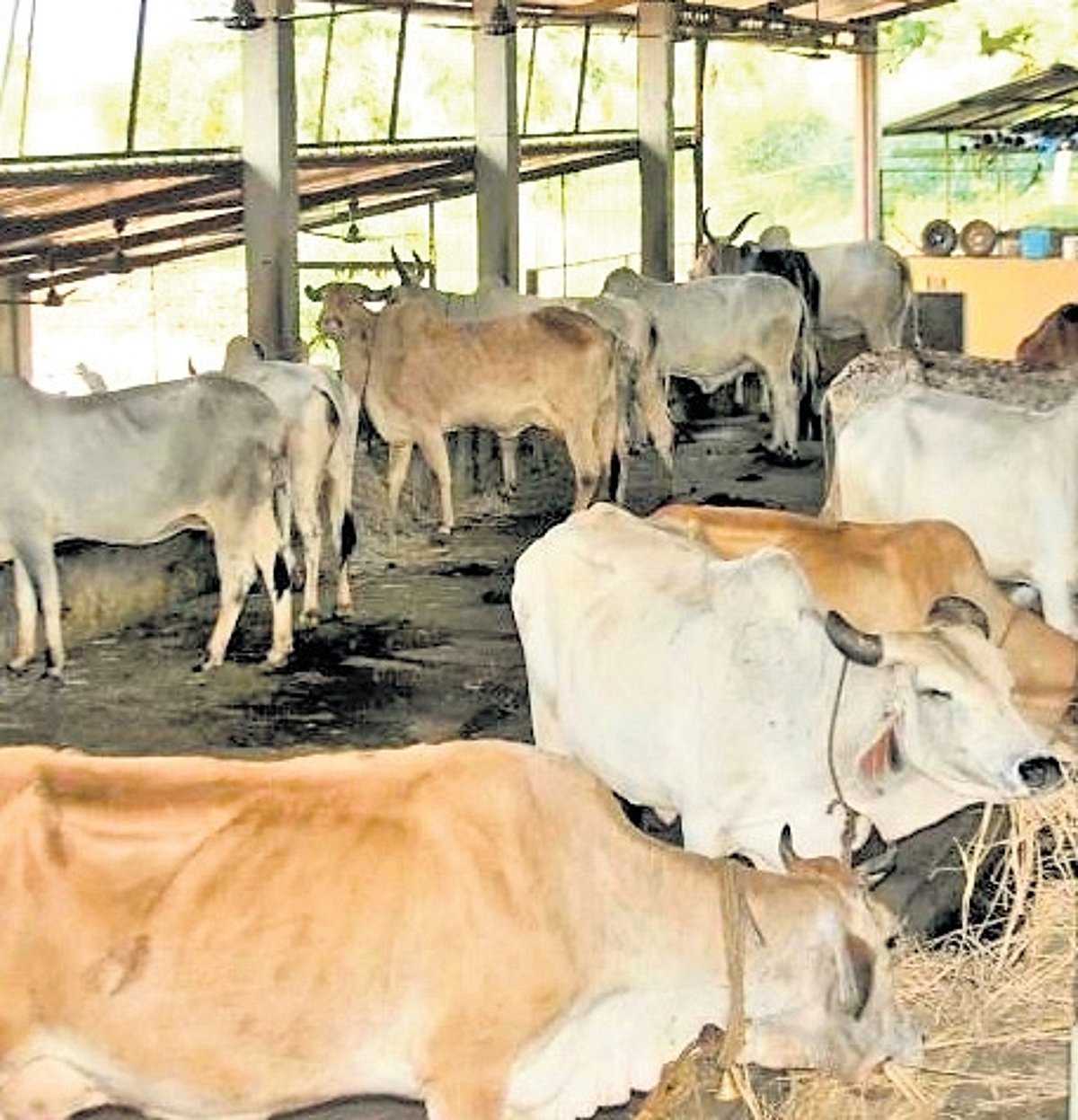
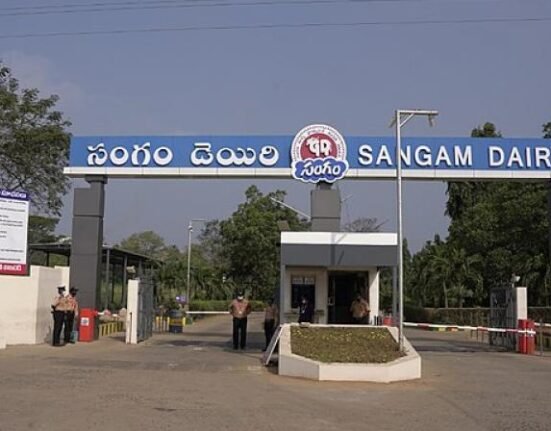


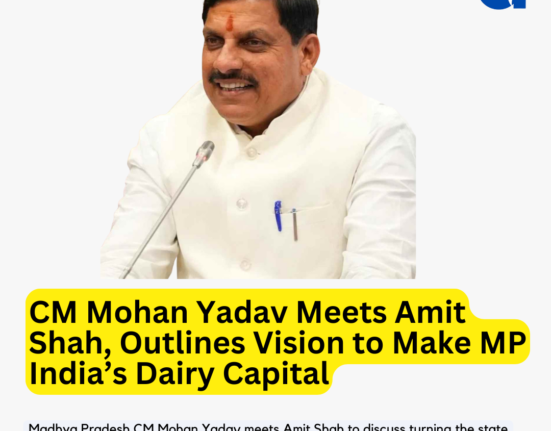
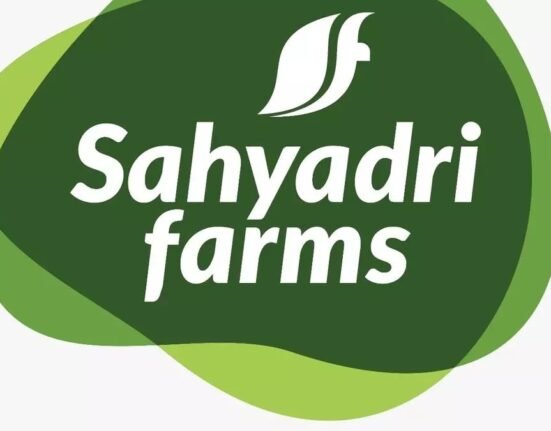
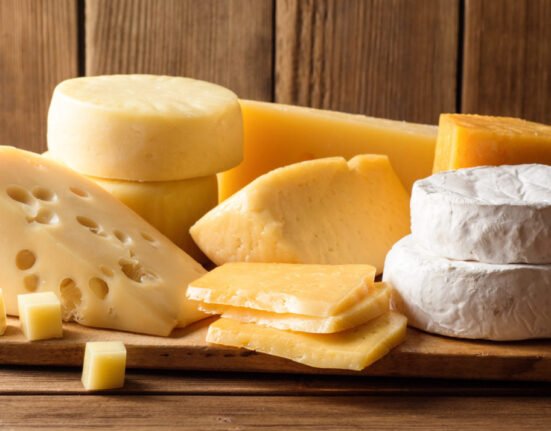
1 Comment